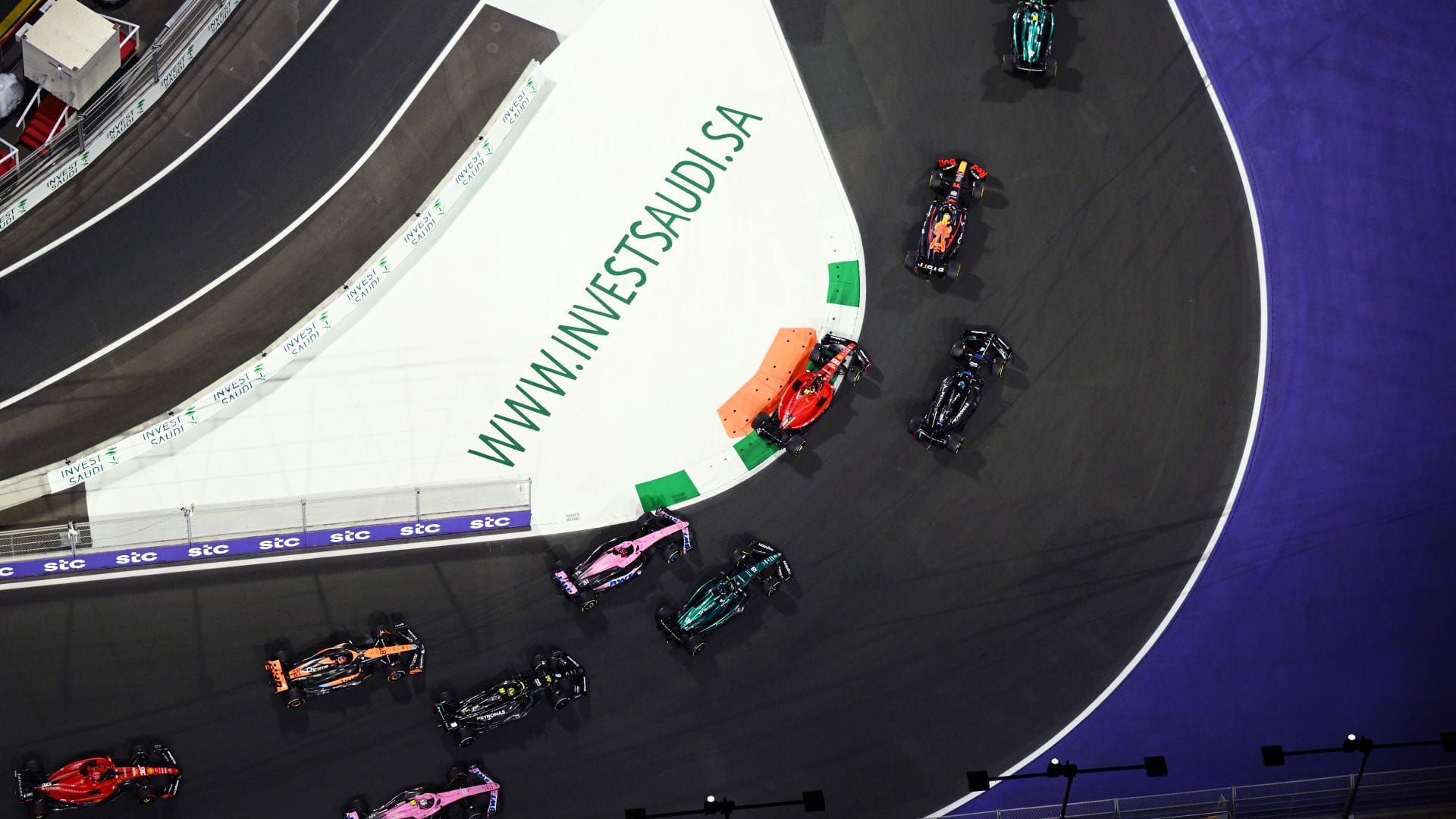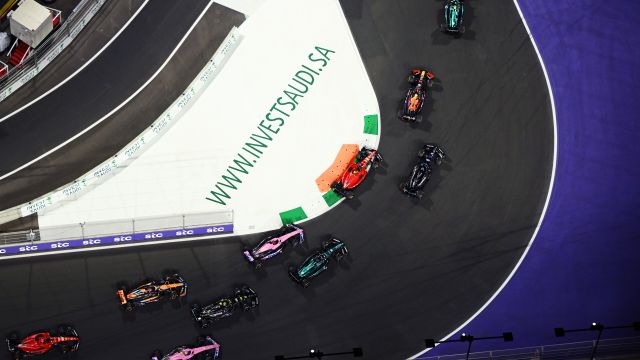Who Designed Saudi F1 Track: The Mastermind Behind the Circuit Layout


The Saudi Arabian Grand Prix, a notable addition to the Formula One calendar, premiered in 2021 with its venue designed by renowned track architect Hermann Tilke. The Jeddah Corniche Circuit, positioned along the Red Sea coast, is distinguished by its high speeds and street circuit configuration. Integrating rapid straights and challenging corners, the track quickly gained attention as one of the fastest circuits in the F1 roster.
Responsibility for the Jeddah track’s creation fell to Tilke Engineers & Architects, a firm that has shaped many of the modern Formula One circuits. With foresight into racing dynamics and safety considerations, the firm crafted a layout that encourages competitive overtaking and tests the prowess of drivers, while conforming to the FIA’s stringent requirements. The circuit’s fast-paced design reflects Tilke’s intent to create a thrilling racing atmosphere for both participants and spectators, establishing a new racing icon in the Middle East.
Designer and Design Philosophy
In bringing the Formula 1 Saudi Arabian Grand Prix to life, the track’s design process involved thorough planning and a keen focus on speed and racer experience.
Chief Designer
Hermann Tilke is the chief designer of the Saudi Arabian Grand Prix’s track. Known in the racing community for his extensive resume, Tilke has been instrumental in crafting many of today’s renowned F1 circuits.
Design Firm
The firm responsible for the track creation is Tilke Engineers & Architects. This company has spent over four decades specializing in motorsport venue design, blending technical precision with innovative thinking to foster exciting race environments.
Concept and Aesthetics
The core design philosophy centered on speed and competition. High-speed straights and challenging corners are a signature of the circuit, created with overtaking opportunities in mind to elevate the excitement of each race. Aesthetics incorporate the landscape, aligning the track seamlessly with the scenic Corniche waterfront area, ensuring that the visual experience is as thrilling as the racing itself.
Comparison with Other Circuits
This section examines how the Saudi F1 track stands apart from other circuits in its features and presents a range of challenges due to its technical design.
Unique Features
The Jeddah Corniche Circuit distinguishes itself with several characteristics that set it apart. At 6.174 kilometers, it’s the second-longest circuit in the Formula 1 calendar, outpaced only by the Circuit de Spa-Francorchamps. With 27 corners, it surpasses other tracks in terms of bends, asserting its place as the circuit with the most turns in current Formula 1 racing.
Technical Challenges
The track’s layout presents drivers with a blend of high-speed sectors and technical sections that challenge their precision and control. The presence of high-speed corners, swift direction changes, and a fast street circuit environment require a combination of skillful maneuvering and strategic car setup. This combination makes for a uniquely challenging experience that tests both the driver’s adaptability and the team’s ability to interpret and respond to the circuit’s demands.
Impact on Motorsport
The Saudi Arabian F1 track, tailored for high-speed racing and exciting overtaking, has had a significant effect on the dynamics of motorsport and the viewing experience for fans.
Racing Dynamics
The Saudi F1 circuit is one of the fastest street tracks in existence, presenting drivers with the challenge of high speeds in a street circuit environment. The track’s layout, with long straights and sweeping corners, encourages thrilling wheel-to-wheel racing and provides ample opportunities for overtaking. Engineers and teams face the task of setting up their cars to balance top speed with the agility needed for tight corners. High-speed turns and heavy braking zones have become focal points where races can be won or lost.
Viewer Experience
For fans, the track amplifies the excitement of viewing a race, both trackside and remotely. Faster circuits tend to produce more dynamic races due to the high-risk, high-reward nature of the track design. The F1 track in Saudi Arabia, being a hybrid between traditional street circuits and race tracks, offers a unique spectacle of night racing with the city’s lights adding to the visual drama. Additionally, the potential for more overtaking maneuvers keeps viewers on the edge of their seats, making for a memorable viewing experience that enhances the global appeal of Formula 1.





